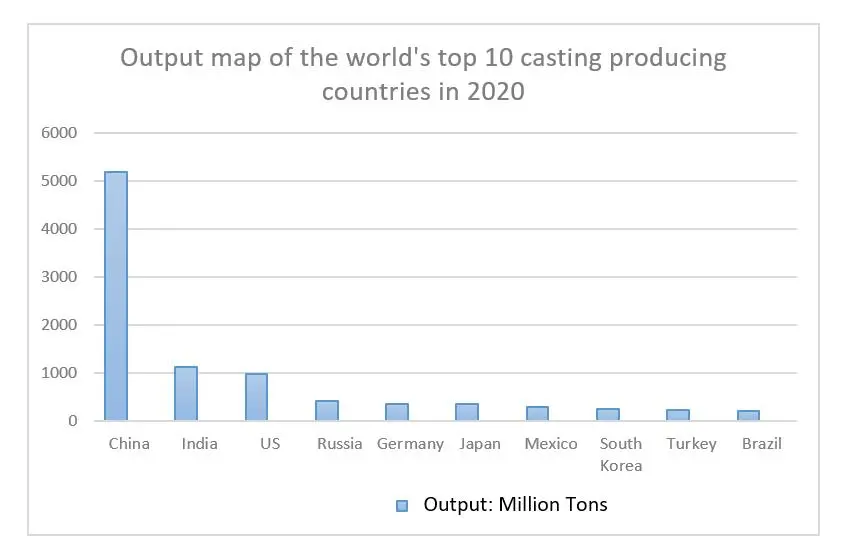

Monitoring and maintaining sand quality is a continuous process that involves both analytical and hands-on expertise. Regular testing protocols are implemented to ensure sand consistency and efficacy, encompassing everything from moisture content to thermal expansion properties. This level of scrutiny underscores the authoritative and trustworthy nature of those who manage this critical component. Through rigorous quality control measures, foundry operators ensure each batch of sand can meet the specific demands of different casting applications, bolstering the reliability and trustworthiness of the foundry's output. Furthermore, as technological advancements propel the industry, novel sand treatments and bonding agents are continually developed, offering improvements in mold strength, surface finish, and overall casting accuracy. Professionals immersed in the latest research and development emerge as pioneers in the field, imbuing their operations with a forward-thinking ethos that positions them as leaders in expertise and innovation. The growing importance of foundry sand aligns with the critical role that sustainable and efficient manufacturing processes play in today’s industrial landscape. The expertise required to effectively manage the lifecycle of foundry sand, from its initial selection and preparation to its eventual reclamation, demonstrates the essential blend of experience, specialization, and leadership required to thrive in the competitive field of metal casting. In conclusion, foundry sand is more than just a functional material; it represents an intersection of science, engineering, and environmental stewardship. As industries aim for higher precision and sustainability, the quality and management of foundry sand symbolize the expertise and authority of those who navigate its complexities. Balancing practical experience with advanced technological insights, the role of foundry sand in metal casting remains as crucial as ever, cementing its place in the foundation of industrial innovation and production excellence. Post time:Fev . 06, 2025 05:27
Next:Ceramcast sand ball shape for sand casting
